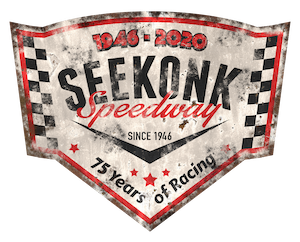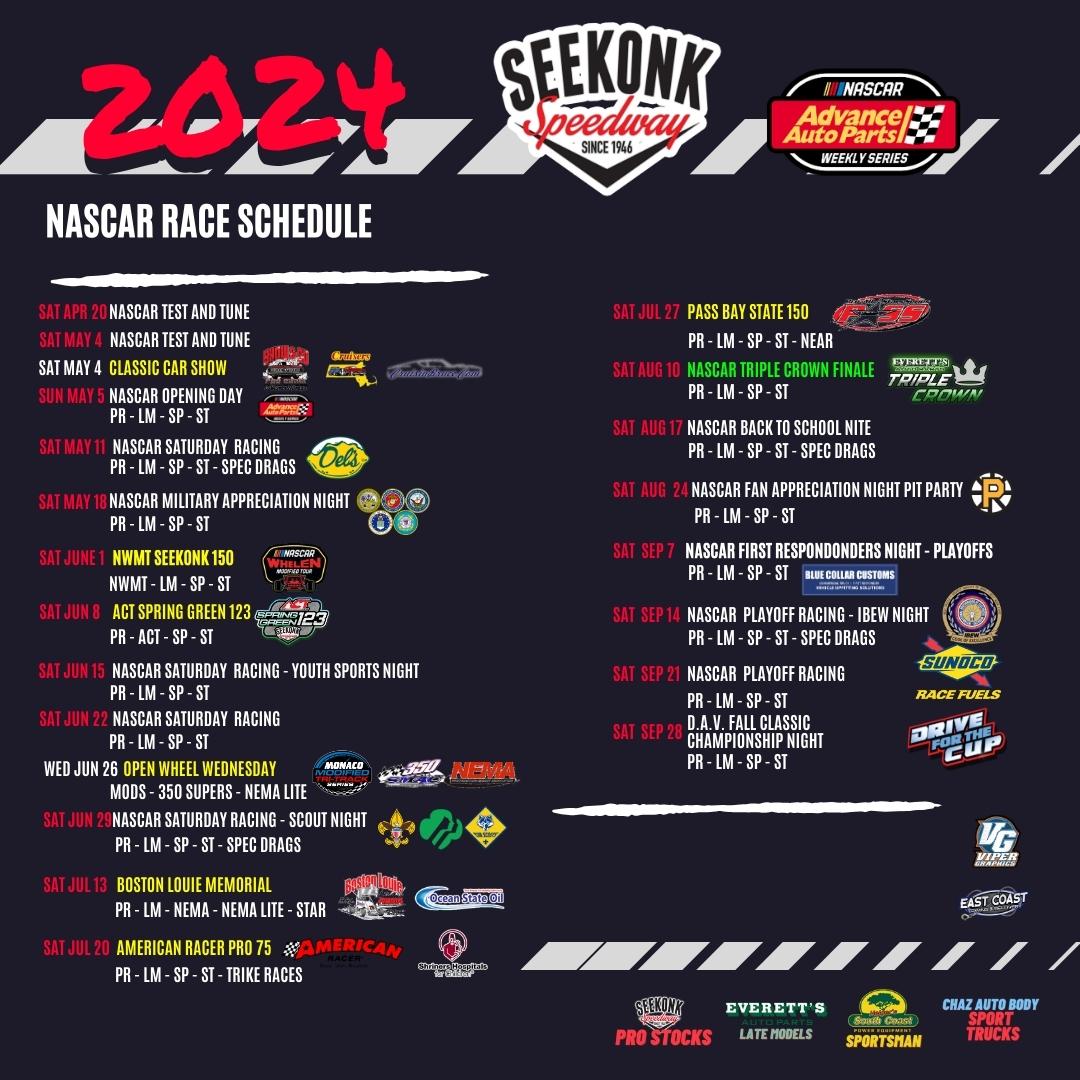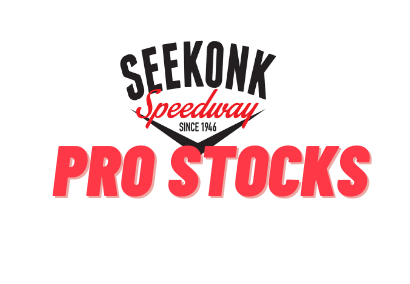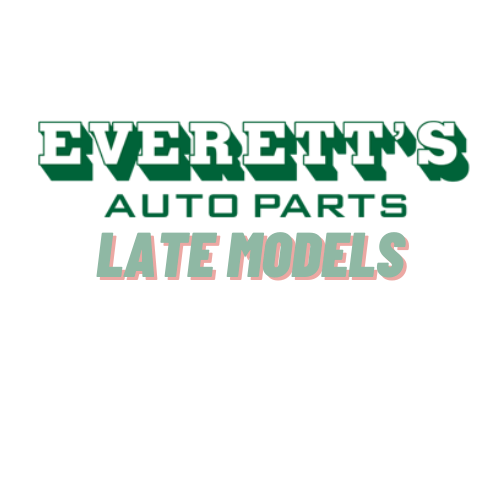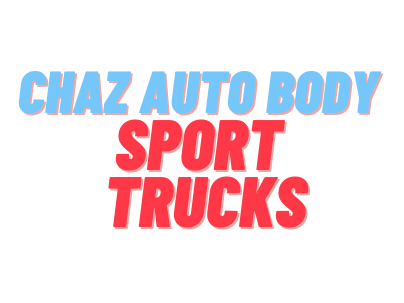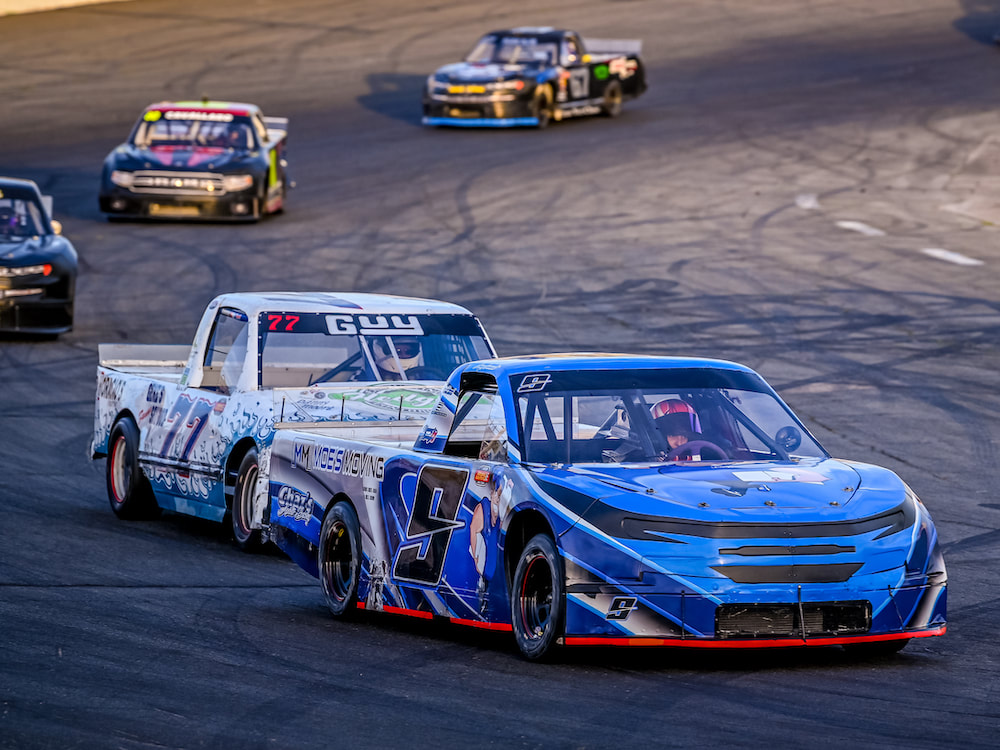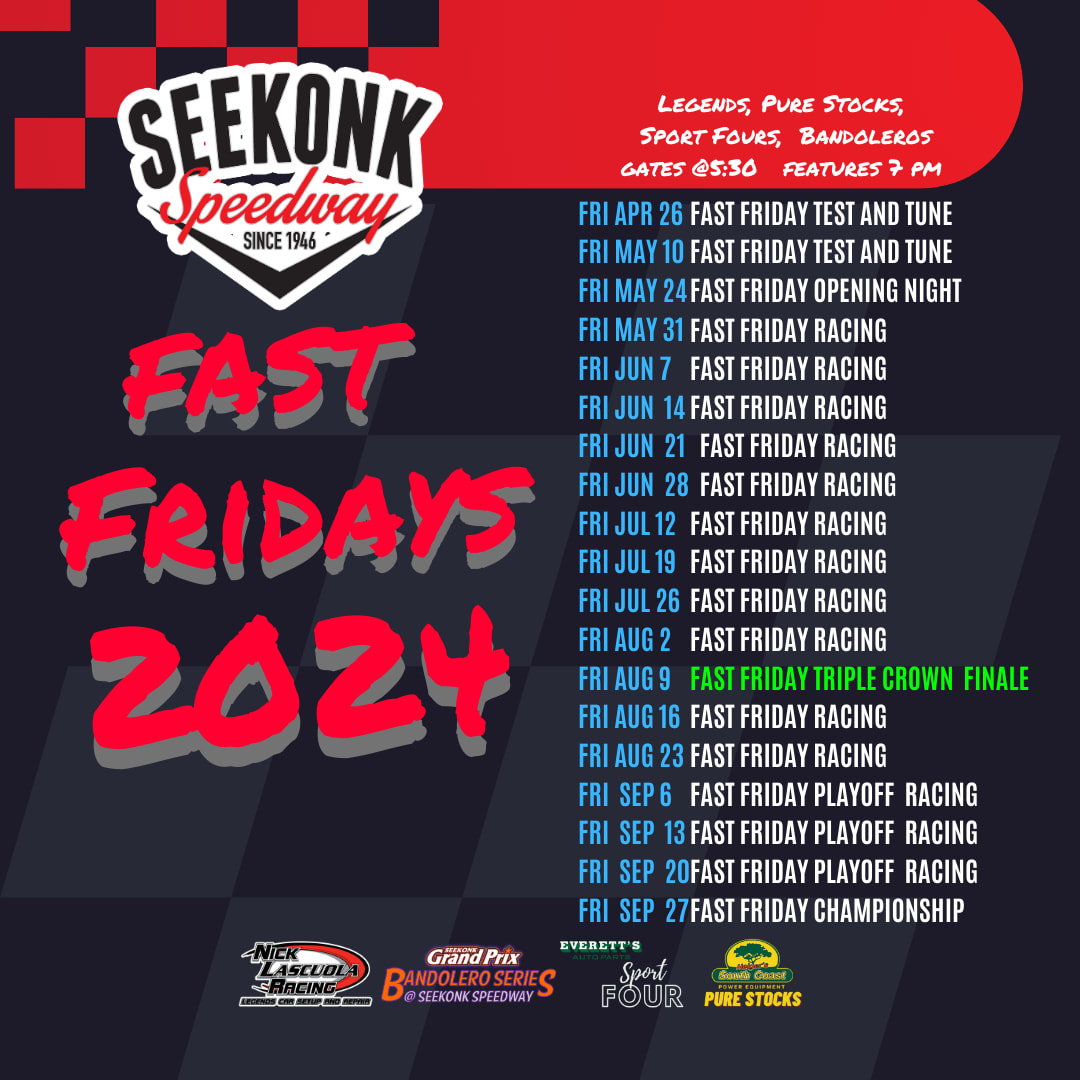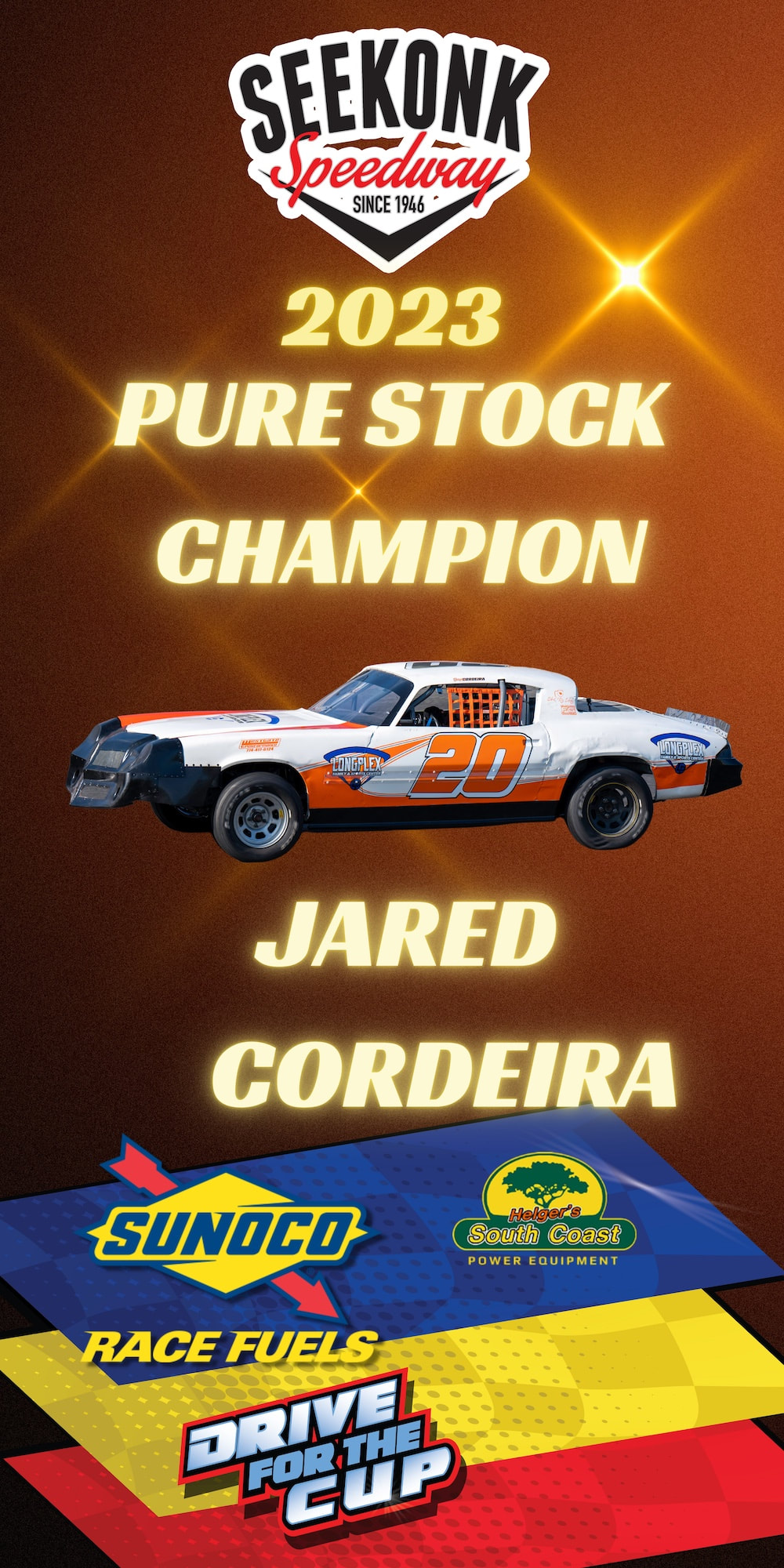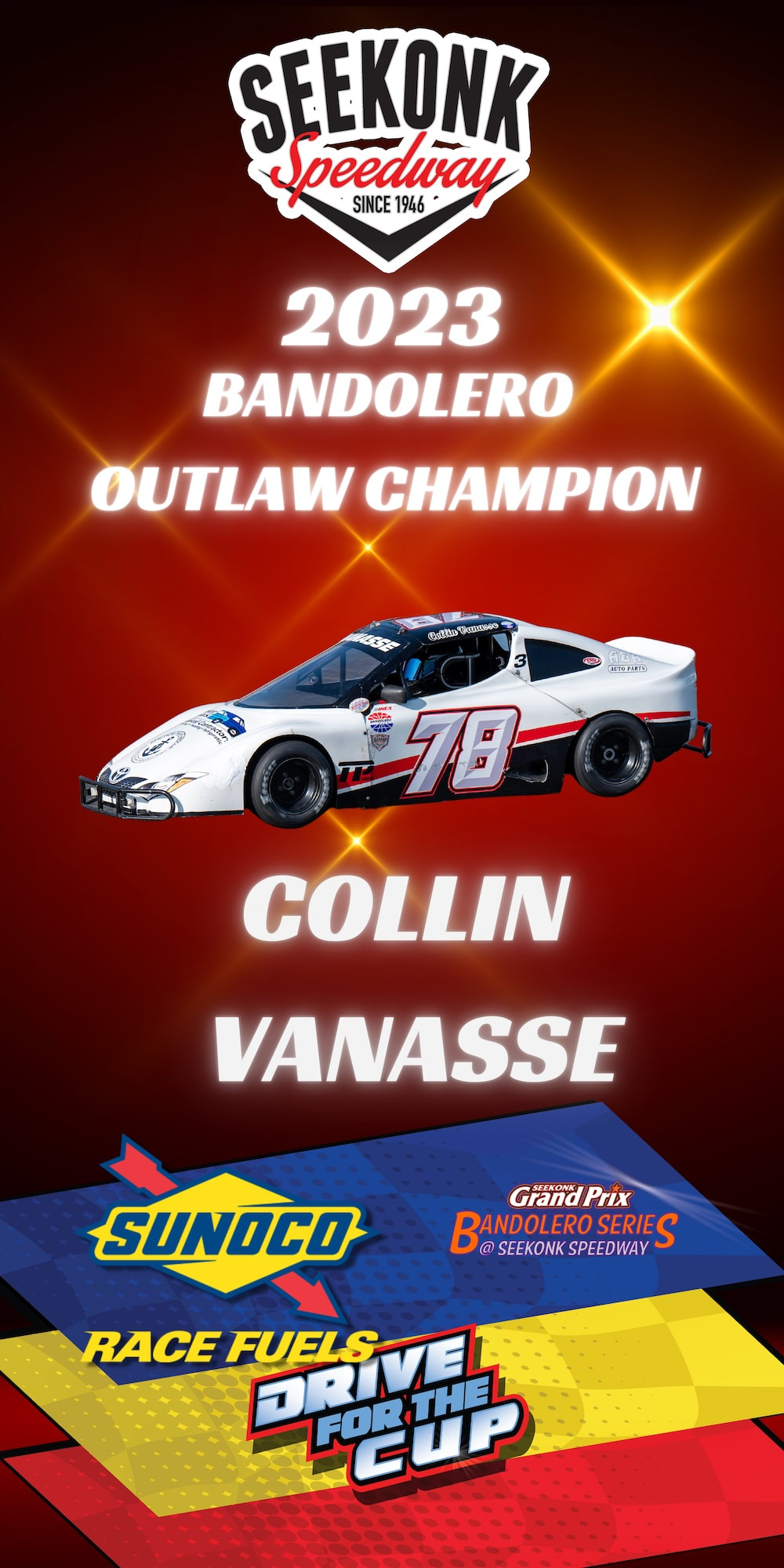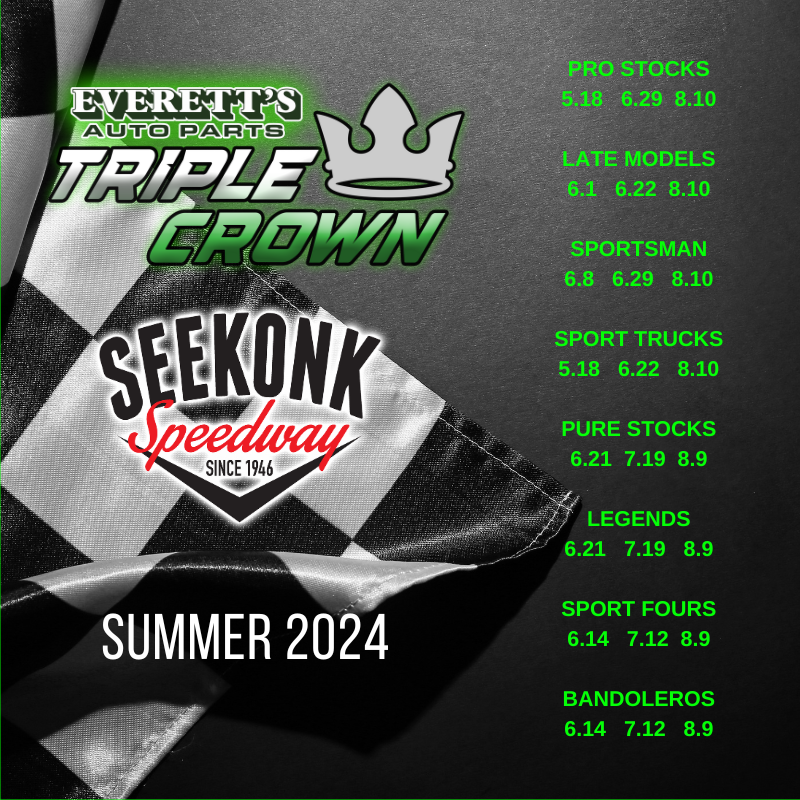Anchor Element
Copy for linking on the same page:
https://seekonkspeedwayracing.weebly.com/weekly-racing.html#/?data-scroll-to-anchor=saturdaynightracing
Copy for linking from an external page:
https://seekonkspeedwayracing.weebly.com/weekly-racing.html#/?data-anchor-link=saturdaynightracing
saturday night showdown
|
Pro Stocks, Late Models, Sportsman and Sport Trucks battle it out for Track Championships!
Saturday Night Racing at Seekonk Speedway starts the first weekend in May and lasts through mid September. Saturday Nights are broken down into four divisions, Sport Trucks (Division 4), Sportsman (Division 3), Late Models (Division 2) and Pro Stocks (Division 1). There is general seating around the entire race track making every seat the best in the house. Equipped with concessions and restrooms, Seekonk Speedway is an extremely family friendly place. Qualifying starts at 6pm. Features start at 7 pm |
In the mid 1970’s, D Anthony Venditti was already looking for a lower cost alternative to the already expensive open wheel Modifieds that ruled the northeast. After a trip to the mid-west, D Anthony had his future. Beginning in 1978, the All Pro division raced with the Cadet division with a flag waving from the trunk to differentiate the two alike looking cars. In 1979, they became their own division, with a name change to the widely known Pro Stock later that season. In 1980, the Modifieds were ousted and the Pro Stocks were the headlining division. After the modifieds returned for 3 more seasons, in 1984, the Pro Stocks became, and have remained the premier division of Seekonk Speedway.
The cars were stock built race cars, not that different to our current Street Stock division, where many of the components had to remain stock on the car. Over the years, the cars got away from the stock steel bodies used in the early days and went to the more readily available fiberglass bodies, which were being shaped like many of the road vehicles. This continues to be the body choice used by just about all of the competitors.
While the exterior appearance continues to look much like the cars on the road, underneath the body lays a custom built race car. With a full tubular chassis and protective roll cage, this machine was not meant for the street. They are powered by spec GM and Ford crate engines with over 400 horsepower, which is designed to help keep the cost down. With the cost of a complete, ready to race crate engine, the cost is under $10,000, while competitors were spending over 3 times that amount to compete. This has allowed the competitors to continue to compete, while keeping costs down.
The tires are a 10” wide slick American Racing tire. These tires are designed to help with the cost of competition while keeping everyone on the same playing field. Each tire manufactured is made from the same compound so there is no advantage from one competitor to another. This keeps the drivers on their toes and their crew chiefs working hard to find the balance needed.
Over the past 35+ plus years, many tracks have brought the Pro Stock class into their speedways; some have re-named them Super Late Models, while keeping the same principal. At Seekonk, the Pro Stock is alive and well, and will continue to honor the memory and vision of D Anthony Venditti.
The cars were stock built race cars, not that different to our current Street Stock division, where many of the components had to remain stock on the car. Over the years, the cars got away from the stock steel bodies used in the early days and went to the more readily available fiberglass bodies, which were being shaped like many of the road vehicles. This continues to be the body choice used by just about all of the competitors.
While the exterior appearance continues to look much like the cars on the road, underneath the body lays a custom built race car. With a full tubular chassis and protective roll cage, this machine was not meant for the street. They are powered by spec GM and Ford crate engines with over 400 horsepower, which is designed to help keep the cost down. With the cost of a complete, ready to race crate engine, the cost is under $10,000, while competitors were spending over 3 times that amount to compete. This has allowed the competitors to continue to compete, while keeping costs down.
The tires are a 10” wide slick American Racing tire. These tires are designed to help with the cost of competition while keeping everyone on the same playing field. Each tire manufactured is made from the same compound so there is no advantage from one competitor to another. This keeps the drivers on their toes and their crew chiefs working hard to find the balance needed.
Over the past 35+ plus years, many tracks have brought the Pro Stock class into their speedways; some have re-named them Super Late Models, while keeping the same principal. At Seekonk, the Pro Stock is alive and well, and will continue to honor the memory and vision of D Anthony Venditti.
This second tier division has been competing since the early 1980s, and has had a few name changes over their lifetime. Originally started out as the Charger class, this was a stepping stone division with an eye toward the Pro Stocks. It was started as competitors in the Pro Stock division upgraded their inventory with new rule changes and additional competitive equipment.
They may look like the Pro Stocks in many ways, including the bodies and basic chassis and cage design, but there are many differences between them. Like their big brothers, they also run a GM or Ford Spec Crate engine, with around 360hp. The tires are an American Racer slick at 8” wide, This keeps the cars racing at a speed which is about 1 second slower than the Pro Stocks, about 13.5 seconds per lap.
In 2010, management allowed the American Canadian Tour cars to compete weekly with the Late Models, thus increasing the opportunity for competitors from other speedways to try to conquer the 1/3 mile oval without having to change their cars over to conform to Seekonk rules. In the 30+ years of the Late Models, there have been a handful of outsiders to win an event at Seekonk, proving that experience at The Action Track of the East is paramount to success there.
They may look like the Pro Stocks in many ways, including the bodies and basic chassis and cage design, but there are many differences between them. Like their big brothers, they also run a GM or Ford Spec Crate engine, with around 360hp. The tires are an American Racer slick at 8” wide, This keeps the cars racing at a speed which is about 1 second slower than the Pro Stocks, about 13.5 seconds per lap.
In 2010, management allowed the American Canadian Tour cars to compete weekly with the Late Models, thus increasing the opportunity for competitors from other speedways to try to conquer the 1/3 mile oval without having to change their cars over to conform to Seekonk rules. In the 30+ years of the Late Models, there have been a handful of outsiders to win an event at Seekonk, proving that experience at The Action Track of the East is paramount to success there.
The Sportsman class (formerly the Street Stocks) at Seekonk originated in 1971 for one season, returned in 1974 through 1980, and weekly since 1985. This class is designed for the racer who has a limited budget. The chassis on these machines are a stock chassis from the mid 1980s, such as Camaro, GM cars such as the Grand Prix and Monte Carlos. In 2014 the speedway started using fiberglass bodies that showcase newer style cars from Ford, Dodge & Chevrolet. The building of these cars helps teams gain the experiences needed to continue up the ladder of competition.
The cars run on a 7” tire manufactured by American Racer. It is not uncommon for these competitors to be on the edge of out of control, all while driving down Rt. 6. Two and three wide racing is the norm in the Sportsmans, while the drivers learn how to control their cars, and the crews learn the basics of the setup and fine tuning of a race car.
This is an entry level division for our competition which races weekly on Saturday throughout the spring and summer. Many competitors have used this class to move into the Late Model and Pro Stock ranks. The experience learned here can give you many opportunities to show your skills in many areas.
The cars run on a 7” tire manufactured by American Racer. It is not uncommon for these competitors to be on the edge of out of control, all while driving down Rt. 6. Two and three wide racing is the norm in the Sportsmans, while the drivers learn how to control their cars, and the crews learn the basics of the setup and fine tuning of a race car.
This is an entry level division for our competition which races weekly on Saturday throughout the spring and summer. Many competitors have used this class to move into the Late Model and Pro Stock ranks. The experience learned here can give you many opportunities to show your skills in many areas.
With the growing interest in truck racing, Seekonk Speedway decided to do something just a little different. In 1995, Seekonk Speedway introduced the Sport Truck division. The difference from what people were watching on TV was the downsized version of trucks being used. Minimal modifications were allowed, mostly for safety, to allow the fans to watch some great racing. Many of the competitors for the first few seasons were drivers that moved up from the defunct Formula Four division. They compete on Hoosier racing tires.
Many drivers have used this division as a stepping stone from the Seekonk Youth Racing Association, while others have settled into the division as a cost alternative to the higher priced Pro Stocks and Late Models. The Sport Trucks are always a great mix of experienced veterans battling hungry rookies looking to cut their teeth on NASCAR Saturday Nights.
Many drivers have used this division as a stepping stone from the Seekonk Youth Racing Association, while others have settled into the division as a cost alternative to the higher priced Pro Stocks and Late Models. The Sport Trucks are always a great mix of experienced veterans battling hungry rookies looking to cut their teeth on NASCAR Saturday Nights.
Anchor Element
Copy for linking on the same page:
https://seekonkspeedwayracing.weebly.com/weekly-racing.html#/?data-scroll-to-anchor=fastfridayracing
Copy for linking from an external page:
https://seekonkspeedwayracing.weebly.com/weekly-racing.html#/?data-anchor-link=fastfridayracing
FAST FRIDAY
|
Fast Friday nights at Seekonk Speedway start the first weekend in June and lasts through mid September. Friday nights at Seekonk Speedway is a great way to get involved into auto racing both as a fan and competitor because of it’s budget friendly prices. Full of entry level divisions, Fast Fridays showcase our Seekonk Youth Racing Association divisions, Sport4s, Pure Stocks & Nick’s Pitstop Legends sanctioned by INEX. Fast Fridays are an easy way to get involved in racing and get new people into the sport. There is general seating around the entire race track making every seat the best in the house. Equipped with concessions and restrooms, Seekonk Speedway is an extremely family friendly place. Racing starts at 7pm.
|
Trying to get new people into the sport can be a frustrating thing for a speedway when there is no entry level class designed for the entry level. What started out as an Enduro class, the Pure Stocks have become that class. Using a stock, rear wheel drive, V8 engine car, you can go racing. The only modifications allowed are for safety, such as a racing seat, a 5 point harness for the driver, a fuel cell instead of the conventional gas tank and a basic roll cage around the driver. The complete drivetrain and suspension must be stock for the make, model and year of the vehicle. Mid 1980 Chevrolet Monte Carlo, Buick Regal, Oldsmobile Cutlass, Pontiac Grand Prix and Chevy Camaro have been the biggest influx of machines used. This is the type of car that just about anyone can afford, and with drivers eligible for competition at the age of 15, it is a great way for the youngsters to get their feet wet behind the wheel, even before getting your license. This division headlines our Fast Friday night of action. Entry level racing with the competition of the professionals at an affordable price.
Legends Cars have become one of the fastest growing segments of motorsports today. With drivers being classified into four different divisions, Legends Cars is THE racing opportunity that is available to anyone! The Pro Division is for the experienced drivers. The Masters Division features drivers 40 years and older. The Semi-Pro Division is the novice class, featuring the drivers that are new to the sport or have been inactive in other forms of racing for a while. Then there is the Young Lions Division which is designated for the drivers between the ages of 12 and 16. While the car stays the same from division to division, it is the driver that makes the difference!
The basics of this division mirror the Pure Stocks, in that it is an entry level class of racing using a stock car. Utilizing a 4 cylinder engine, the focus of this class is geared for the generation used to the buzz of a front wheel drive 4 cylinder car. The rules are restricted so no modifications can be made for a competitive advantage. This class is growing yearly and still building its legacy. This class is also part of Seekonk Speedways Fast Fridays.
Youth racing at Seekonk Speedway offers kids from 8-16 a chance to get behind the wheel on a 1/3-mile oval race track.
The best thing to do is go visit the Seekonk Speedway track. The quickest way to learn at the track is to talk to the racers. These are the drivers you will race with every week in and week out, if you decide to start racing. As an “entry level” class, you’ll find that there are a lot of “newbie’s” in the pits and they’ll be glad to welcome you into the sport.
Established in 2001 Francis Venditti introduced Seekonk Youth Racing Association Division at the Seekonk Speedway.
Using the same magic formula that made the Legends Cars the most mass-produced competition car in history, officials of USLCI have introduced the Bandolero Car. The Bandolero Car is a turnkey, spec-series racer designed for drivers as young as eight years old to sixteen years old.
The Bandolero Car serves as a stepping stone between a 1/4 Midget or kart and a race car that is simple for everybody to use. The driver operates a Bandolero in a similar manner to a kart with left foot braking. The car is equipped with a centrifugal clutch so the driver does not have to shift gears.
The Bandolero Car’s motivation is provided by a thumping Briggs & Stratton 570cc Vanguard engine mounted behind the driver. Small modifications have been made to the engine to bring the once 20HP stock engine to nearly 30HP.
everetts auto parts TRIPLE CROWN SERIES
|
The Triple Crown is added excitement all summer long with extra distance races in every division. The Triple Crown Championship delivers a Championship within our Championship season every Summer in every division.
“Seekonk Speedway is excited to continue this series that benefits our committed weekly racers and also adds excitement for our fans all summer long,” said Ed St. Germain of Seekonk Speedway. The championship format for the series will feature a “Chase” system, the “Chase” format will be put in place on both Friday and Saturday night. The final four drivers will be made up of the winner of the first race, the winner of the second race and the two highest point getters that have not won a race. In the event that one of the finalists can not compete in the finale, the next alternate in the points standing will be elevated to be a finalist. In the event of a tie for the non winning qualifiers, the tie breaker will be the championship point standings. In order to be eligible for the Triple Crown title, a driver must compete in all three of the races. |
|
2023 Champions
Pro Stock - Bobby Pelland III Late Model - Luke Lebrun Sportsman - Chad Baxter Sport Truck - Jake Vanada Bandits - Parker Davis Outlaws - Andrew Gomes Sport Four - Mikey LeFort Pure Stock - Sam Lincoln Legends - Josh Parsons 2022 Champions Pro Stock - David Darling Late Model - Gerry Degasparre Jr Sportsman - Chad Baxter Sport Truck - Rick Martin Bandits - Darren Krantz Jr Outlaws - Chase Silvia Sport Four - AJ Manuel Pure Stock - Sam Lincoln Legends Mason Tessier 2021 Champions Pro Stock – Ryan Kuhn Late Model – John Hedges Sportsman – Corey Fanning Sport Truck – Barry Shaw Legend – Josh Parsons Pure Stock – Tim Oulette Sport Four – Mike Lefort Bandolero Outlaw – Nick Chaber Jr Bandolero Bandit – Sam Macedo 2019 Champions Pro Stock – David Darling Late Model – Vinnie Arrenegado Sportsman – Corey Fanning Sport Truck – Lenny Guy Legend – Josh Parsons Pure Stock – Danny Massa Sport Four – Crystal Murray Bandolero Outlaw – Nathan Smith Bandolero Bandit – Brenden LaBelle 2018 Champions Pro Stock – Jake Johnson Late Model – Ray Parent Sportsman – Corey Fanning Sport Truck – Bobby Tripp Legend – Derek Gluchacki Pure Stock – Doug Benoit Sport Four – Mike Lefort Bandolero Outlaw – Evan Marchand Bandolero Bandit – Giovanni Ruggerio 2017 Champions Pro Stock – Tom Scully jr Late Model – Ryan Lineham Sportsman – Chad Baxter Sport Truck – -Chase Belcher Pure Stock – Colby lambert Legends – Ryan Kuhn Sport Four – AJ manuel Mini Cup – Ava Chouinard Bandolero Outlaw – Tyler Tomassi Bandolero Bandit – Devin Deshaies |
2016 Champions
Pro Stock – Tom Scully jr Late Model – Ray Parent Street Stock – Scott Bruneau Sport Truck – Chase Belcher Pure Stock – Scott Cestodio Legends – TJ Thompson Sport Four – Mike Belanger SYRA 750 – Luke Lebrun SYRA 600 – Scott Serydynski 2015 Champions Pro Stock – Tom Scully Jr Late Model – Nick Uhrig Street Stock – Tyler loller Sport Truck – John Paiva Pure Stock – Amy Arsenault Legends – Jordan lamothe Sport Four – David Westgate SYRA 750 – Taylor Bowser SYRA 600 – Karlin Levesque 2014 Champions Pro Stock – Mike Brightman Late Model – Ryan vanasse Street Stock – John Hanafin Sport Truck – Rob Murphy Pure Stock – Mark Murphy Legends – Nick Lascuola Sport Four – Devin Miranda SYRA 750 – Shelby Donovan SYRA 600 – Derek Debbis 2013 Champions Pro Stock – David Darling Late Model – Dylan Estrella Street Stock – Scott Bruneau Sport Truck – Scott Dion Pure Stock – John Robidoux Legends – Nick Lascuola Sport Four – Devin Miranda SYRA 750 – David Lougee SYRA 600 – Jessica Oleary |

